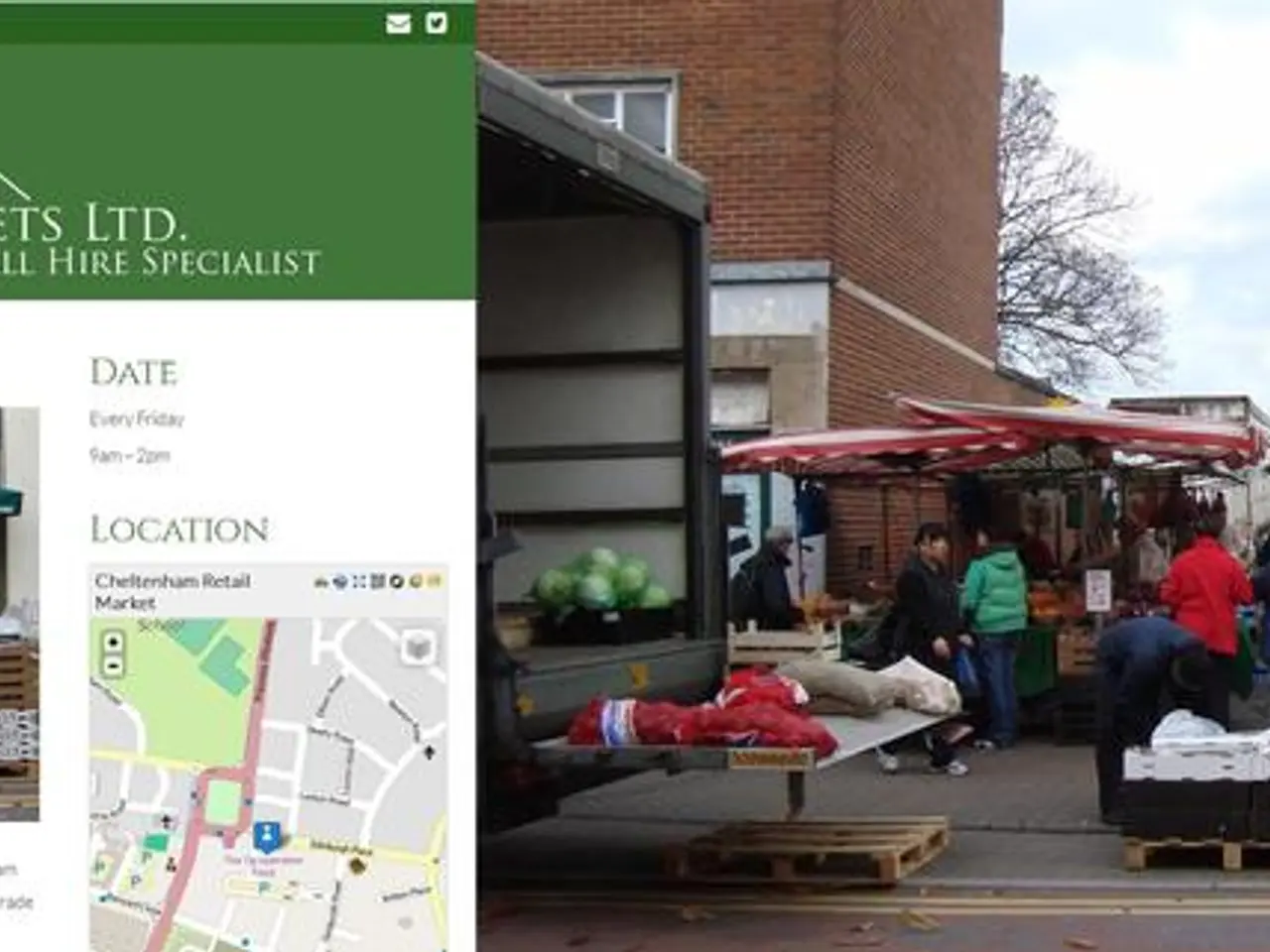Retailers Turn to Weather Analytics to Boost Sales and Cut Costs
Europe grapples with a war and an escalating energy crisis, putting pressure on households and economies worldwide. Inflation and rising interest rates further strain consumers, with mixed signals on discretionary retail spending. Meanwhile, retailers face persistent workforce shortages and supply chain issues. However, a solution to boost sales and reduce costs is emerging: operationalizing weather analytics.
NielsenIQ's mid-2022 analysis revealed that weather significantly impacts store traffic and product-specific sales. Ignoring this factor increases demand forecasting errors. Retailers can quantify weather's influence and incorporate it into core processes to grow sales and reduce costs. By optimizing inventories based on weather-to-purchasing relationships, retailers can better manage product assortments, pricing, promotions, store and website experiences, and internal processes. This approach can provide immediate financial gains and help retailers navigate the current economic challenges.
In the face of global economic pressures and operational hurdles, retailers can harness the power of weather-driven demand analytics to enhance sales and reduce costs. By quantifying weather's impact and integrating it into their strategies, retailers can improve demand forecasting, optimize inventories, and ultimately strengthen their resilience in challenging times.




